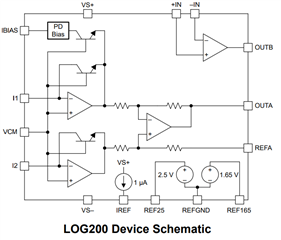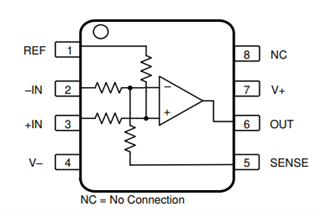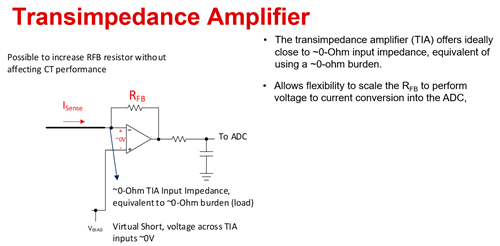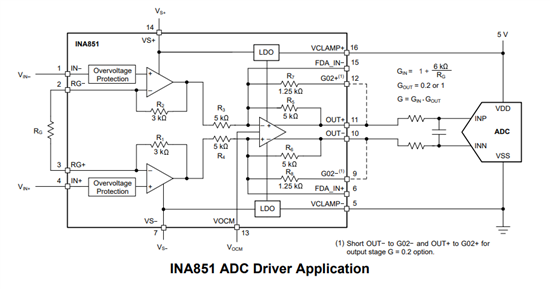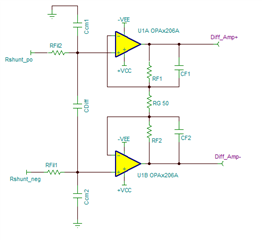Other Parts Discussed in Thread: OPA206, OPA192, OPA3S328, LOG200, LOG114, OPA2206, INA592, INA849, INA851, PGA855
Hello,
I'm looking for advice on how you smart folks would measure small currents but also a wide range of current in a high voltage system.
Details: I am building an instrument to measure low currents, down in the 10's of nA range, all the way up to about 1mA (I want to implement a ranging function in future rev but for now assume fixed gain). We are measuring leakage current of high voltage mosfets and apply as much as about 2kV to the drain of the mosfet and have current limiting resistor on the low side and a shunt resistor to make a voltage divider for calculation of current, as shown in figure below. The output must be single ended (unfortunately) 0-5V.
Right now I am using OPA182 as a precision buffer (fig. 2) but am wanting to also include a low pass filter to help especially with measurements in the lowest current range. I am thinking of a 2nd order butterworth filter, sallen key topology (easily created with TI's filter pro tool) because it is a simple circuit with only a few extra passive components. Would you folks recommend buffering first, then filtering? Or is it safe to buffer and filter together in one stage? Is it overkill to use such a precision op amp if I have the ability to cancel the offset digitally?
I am also interested in people's opinions on output voltage limiting. In my current solution (fig.3), I have used another precision opamp, OPA206 which has protection on its inputs to safely limit the output to its rails. However this is probably a non-ideal solution as well as expensive. Should I just go back to the tried and true zener on the output of a buffer/filter? The microcontroller doing the measurement also controls a high voltage relay that will disconnect the circuit in the case of over-current, but it is not very fast due to me multiplexing 14 channels and having a pretty low sampling rate. Again for this I want to implement a fast analog disable but for now I am sticking with digital control. So I am thinking of using a zener that will protect the microcontroller but allow the ADC to read its full measurement range, and rely on the microcontroller to disable the circuit in about 500ms.
What do you think? Thanks in advance for any input.
fig.1 Voltage divider
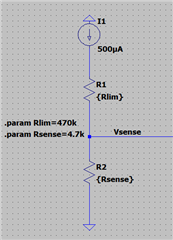
fig.2 shunt monitor buffer
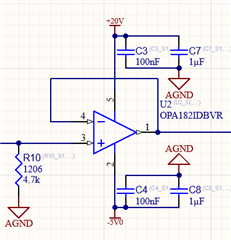
fig.3 double buffered current monitor and voltage limiting

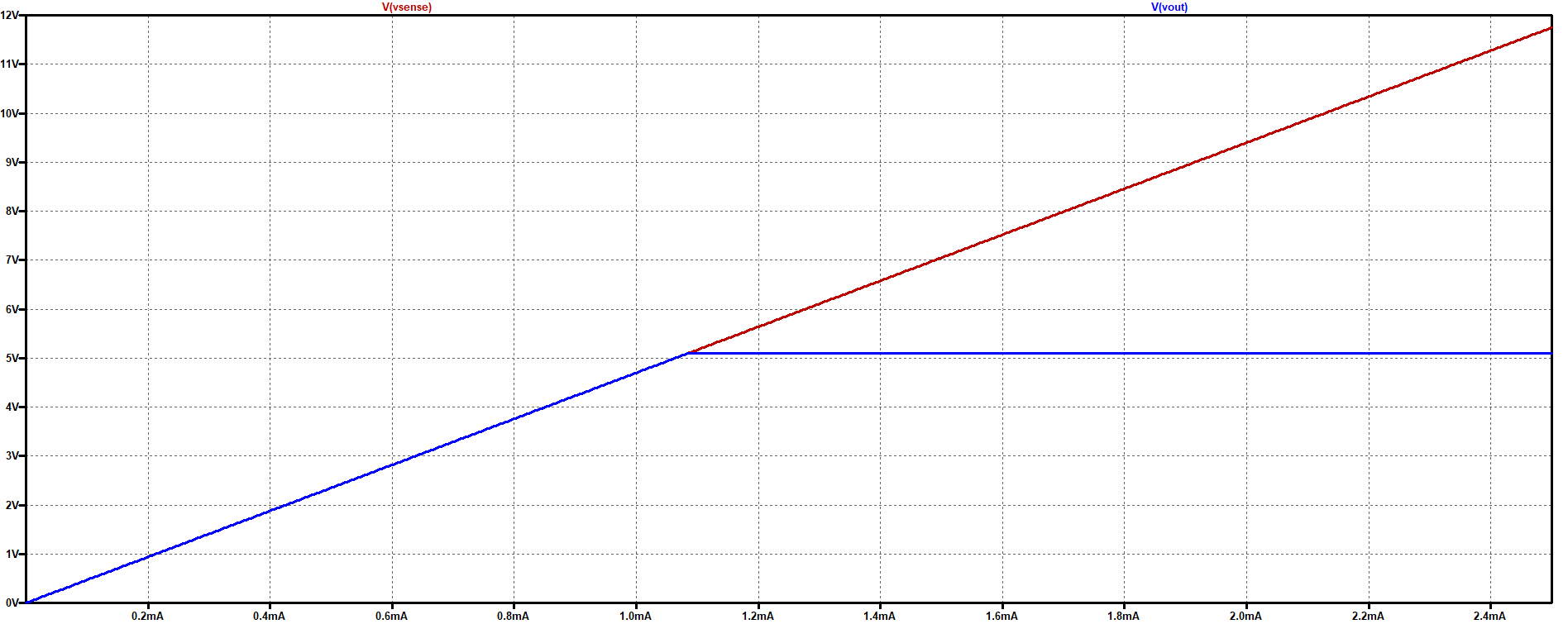


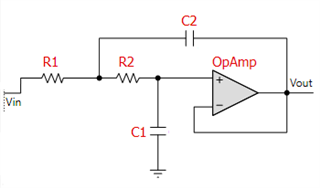
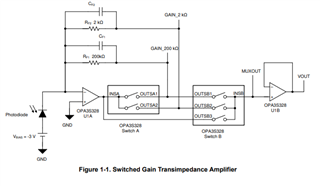
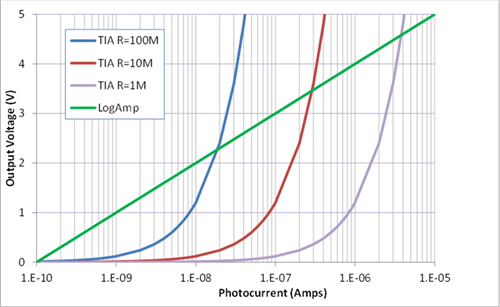 .
. 